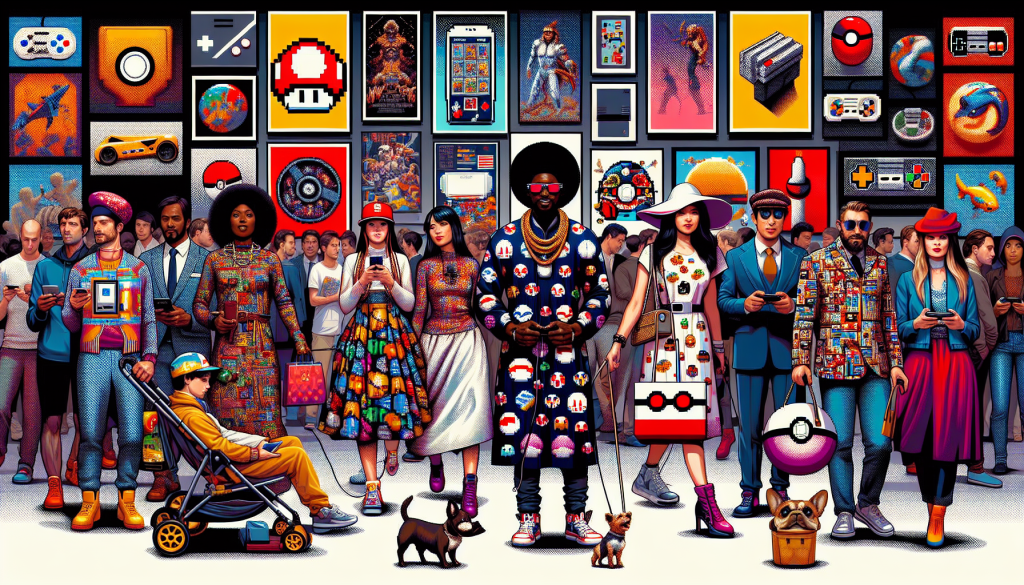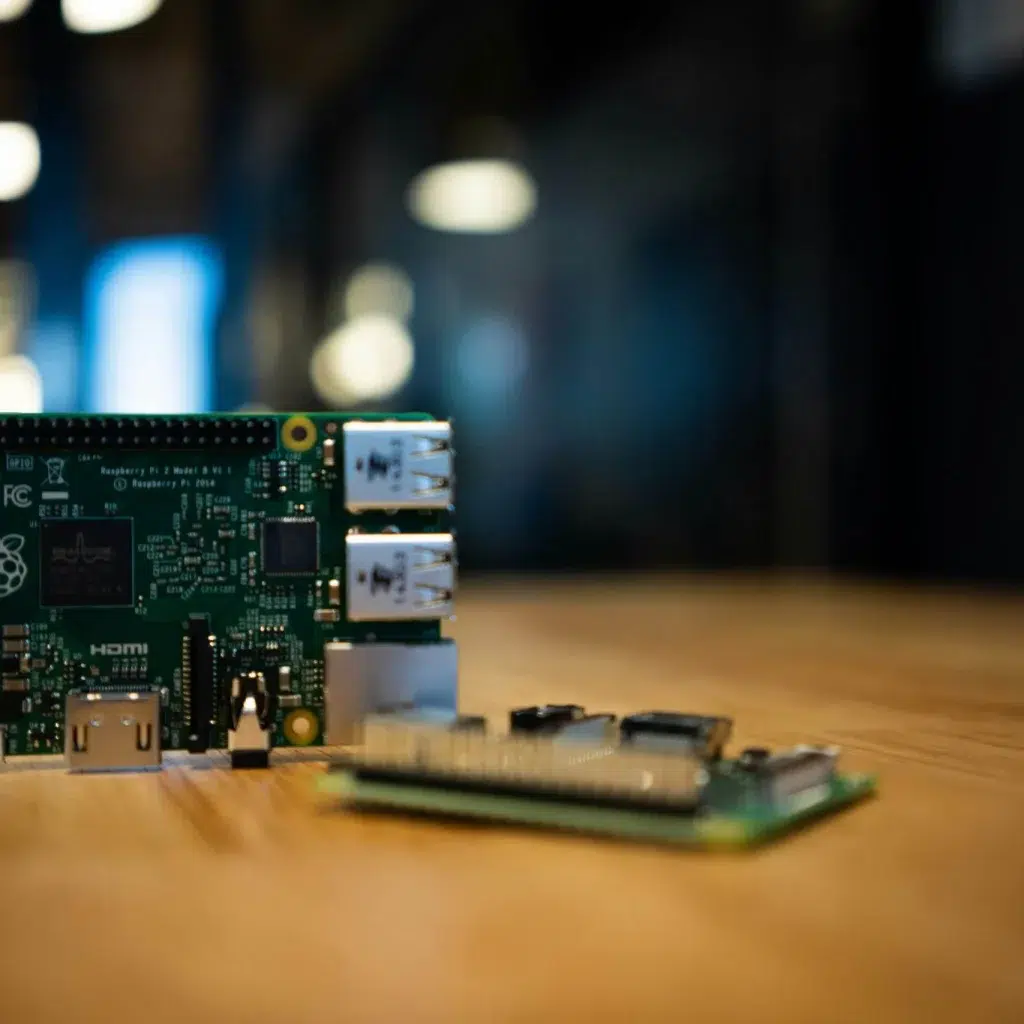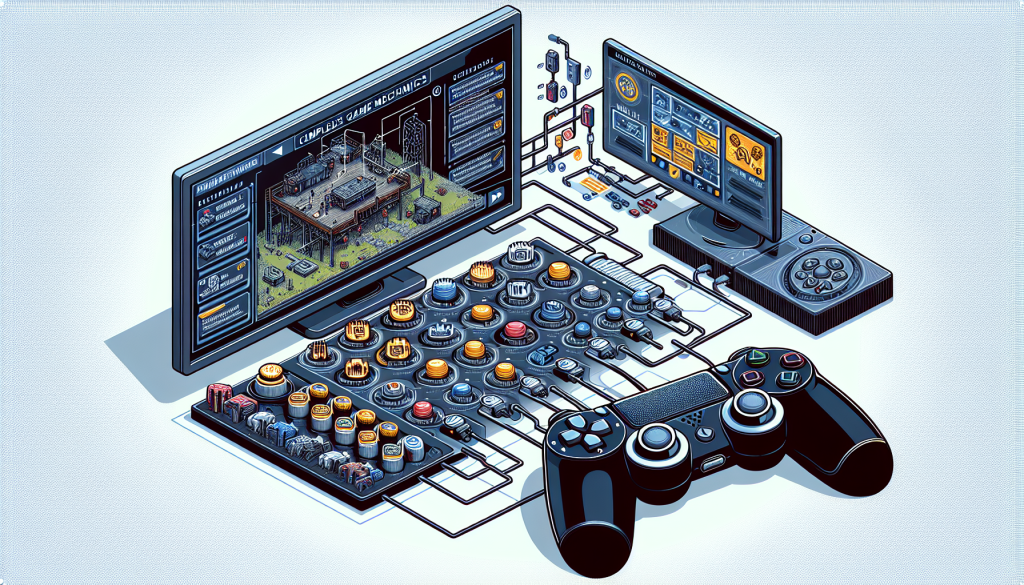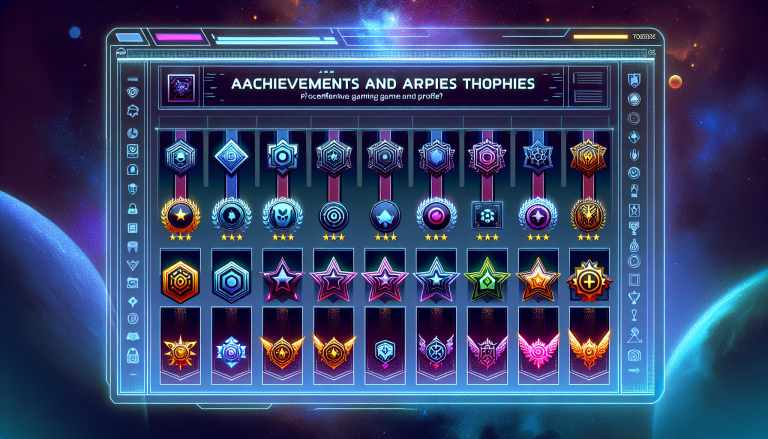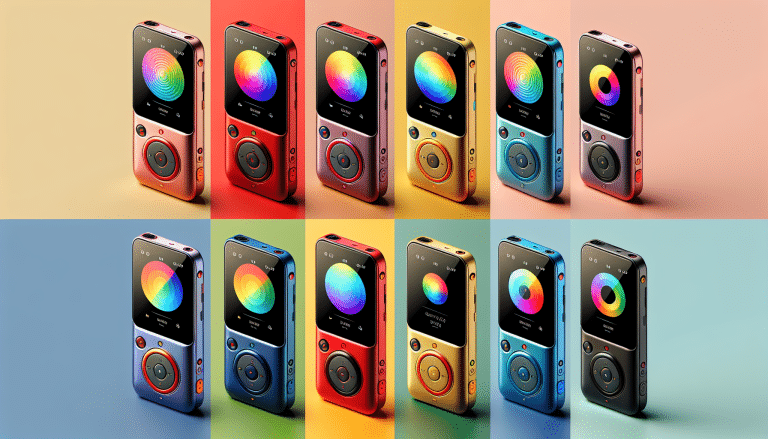The Evolution of Pixel Art Games
Ah, pixel art games. They hold a special place in the hearts of many gamers, don’t they? These retro-inspired games, with their charming visuals and nostalgic appeal, have come a long way since their humble beginnings. So, let’s take a trip down memory lane and explore the evolution of pixel art games. Back in the 80s and 90s, when video game technology was still in its infancy, pixel art games were all the rage. With limited hardware capabilities, game developers had to get creative with how they designed their games. They used tiny little squares, or pixels, to form characters, objects, and environments, resulting in the distinctive pixelated look that we know and love today. These early pixel art games became wildly popular, captivating players with their unique art style. From iconic titles like Super Mario Bros. and The Legend of Zelda to beloved classics such as Pac-Man and Mega Man, these games laid the foundation for the pixel art genre. Fast forward to the present day, and pixel art games have experienced a renaissance. While advancements in technology have allowed for more realistic and visually stunning graphics, there is still a strong demand for the simplicity and charm of pixel art. So, what makes pixel art games so appealing? Well, it’s all about nostalgia. For those who grew up playing video games in the 80s and 90s, pixel art represents a time when gaming was a simpler and more innocent experience. It brings back fond memories of countless hours spent sitting in front of a console, engrossed in pixelated adventures. But it’s not just the nostalgia factor that draws players to pixel art games. There’s something inherently captivating about the art style itself. Despite its simplicity, pixel art has a certain charm and elegance to it. The deliberate placement of pixels creates a sense of craftsmanship, and the limitations of the medium often lead to ingenious design choices. Pixel art games also have a unique way of immersing players in their worlds. The pixelated visuals allow for a level of abstraction that encourages players to use their imagination. It’s like reading a book, where you fill in the gaps with your own interpretation. This level of engagement can create a deeper connection between the player and the game. In recent years, pixel art has made a triumphant return to the spotlight. Indie game developers, in particular, have embraced the art style, using it to create visually stunning and innovative games. Titles like Stardew Valley, Celeste, and Hyper Light Drifter have garnered critical acclaim and captured the hearts of millions of players worldwide. Looking ahead to the future of pixel art games, it’s clear that this art style is here to stay. As technology continues to advance, we can expect to see even more impressive and visually striking pixel art games. And who knows, perhaps new techniques and tools will emerge, pushing the boundaries of what pixel art can achieve. So, whether you’re a long-time fan of pixel art or someone discovering it for the first time, there’s no denying the enduring appeal of this art style. It’s a testament to the power of simplicity, nostalgia, and the creative spirit of game developers. So, grab your controller, fire up your favorite pixel art game, and immerse yourself in the pixelated wonders of gaming’s past and future.The Appeal of Pixel Art Games
Pixel art games have a certain nostalgia factor that can transport us back to our childhoods. There’s something magical about the simplicity and charm of those retro graphics that instantly captures our hearts and engages our imaginations. But what is it about pixel art games that makes them so appealing?
One of the main reasons why pixel art games have such a strong appeal is their ability to evoke a sense of nostalgia. For many gamers, pixel art graphics are reminiscent of the games they grew up playing on their old consoles and home computers. There’s a certain comfort in revisiting those familiar visuals and being reminded of the joy and excitement they brought. It’s like stepping into a time machine and reliving those cherished memories.
But it’s not just about nostalgia. Pixel art games also have a unique aesthetic that sets them apart from other styles of game art. The limited color palette and pixelated designs create a distinctive visual identity that is instantly recognizable. This simplicity allows for a focus on gameplay and storytelling, where the mechanics and narrative take center stage.
Furthermore, pixel art games often rely on our imagination to fill in the gaps. With less detail and realism, they leave room for us to project our own interpretations and emotions onto the characters and environments. This level of abstraction can enhance the immersion and make the experience more personal and interactive.
Another aspect that adds to the appeal of pixel art games is their accessibility. Due to their relatively low-resolution graphics, these games can run smoothly on a wide range of devices, including older hardware and mobile platforms. This accessibility means that more people can enjoy these games, regardless of their gaming setup or technological limitations.
Pixel art games also encourage creativity and innovation among game developers. The constraints of the pixel art style require careful consideration of composition, color, and pixel placement. This limitation can spark imaginative solutions and push developers to think outside the box. As a result, we often see pixel art games that are visually stunning, despite their seemingly simple graphics.
So, if you’re a fan of pixel art games, you’re not alone. The appeal of these games lies in their ability to transport us to a bygone era, to evoke nostalgia, and to create a unique and immersive gaming experience. They offer a refreshing break from the hyper-realistic graphics that dominate the industry, reminding us that sometimes, less is more.
Pixel Art Games in 2023: A Resurgence of Nostalgia and Innovation
Ah, 2023, the era of pixel art games! Can you believe how far we’ve come since the early days of gaming? The gaming industry has embraced the charm and beauty of pixel art, breathing new life into this beloved art style. Let’s take a closer look at how pixel art games have made a remarkable comeback in recent years.Remember those retro games from the 80s and 90s that left a lasting impression on our hearts? Well, they’re back, and they’ve brought along a whole new generation of gamers who are falling in love with pixel art all over again. Developers have discovered that pixel art has a unique ability to invoke feelings of nostalgia and captivate players with its simplicity and retro aesthetics.
In 2023, we are witnessing a resurgence of pixel art games that cater to both new and old audiences. These games have taken the art style to new heights, combining stunning visuals with innovative gameplay mechanics.
One of the reasons why pixel art games have gained so much popularity is their ability to create immersive experiences. The simplicity of the art style allows players to focus on the core gameplay mechanics and storytelling, without the distractions of flashy graphics. It’s like taking a step back in time, where gameplay was king.
But don’t be fooled by their retro appearance! Pixel art games in 2023 are far from being just nostalgic throwbacks. Developers are pushing the boundaries of the art style, utilizing advanced techniques and incorporating modern technologies to create visually stunning games.
Pixel art games in 2023 showcase a wide range of genres and styles. Whether you’re a fan of action-adventure, platformers, role-playing games, or puzzle games, there’s something for everyone. These games have their own unique visual identities, with meticulously crafted pixel art that immerses you in their worlds.
One of the great things about pixel art games is that they often have a lower barrier to entry for indie developers. The art style allows them to focus on gameplay mechanics and storytelling, without the need for a large team or a massive budget. This has led to an explosion of creativity and innovation in the indie gaming scene.
So, where does the future of pixel art games lie? As technology continues to advance, we can expect to see even more impressive visuals and animations in pixel art games. With the rise of virtual reality and augmented reality, imagine stepping into a pixelated world and interacting with it like never before.
Furthermore, pixel art games will continue to evolve and adapt to the changing demands of the gaming industry. Developers will find new ways to incorporate the art style into different genres and experiment with unconventional gameplay mechanics.
In conclusion, pixel art games have made a triumphant return in 2023, captivating both new and old audiences with their nostalgic charm and innovative design. With their simplicity, retro aesthetics, and immersive gameplay experiences, pixel art games are here to stay and will continue to shape the gaming industry for years to come.
The Future of Pixel Art Games
Hey there, fellow gamers! Today, we’re diving into the exciting realm of pixel art games and taking a peek into their future. Strap in and get ready for a nostalgic and forward-thinking adventure!
Pixel Art Goes High-Tech
Now, you might be wondering, “How can pixel art games evolve when they are based on such a retro style?” Well, my friend, technology never stops advancing, and pixel art is no exception. As we move forward, we can expect pixel art games to incorporate more advanced rendering techniques, allowing for even more intricate and detailed pixel art designs.
Imagine exploring a pixelated world with stunning lighting effects, dynamic weather systems, and mesmerizing particle effects. With advancements in hardware and software, developers can take pixel art to new heights, creating visually breathtaking experiences that still retain that charming retro appeal.
Pixel Art Games Embrace Innovation
Pixel art games have always been known for their simplicity, but that doesn’t mean they can’t push the boundaries of gameplay innovation. In the future, we can expect to see pixel art games explore new genres, introduce innovative mechanics, and even incorporate elements of virtual reality.
Picture yourself stepping into a pixelated world, wielding a pixelated sword, and engaging in intense combat using motion controls. The fusion of pixel art aesthetics and cutting-edge technology can create a truly immersive and unique gaming experience that appeals to both old-school and modern gamers.
A Return to Handcrafted Artistry
As technology continues to advance, there’s a growing appreciation for the craftsmanship and artistry that goes into creating pixel art. In the future, we may see a resurgence of handcrafted pixel art, where developers embrace traditional techniques and pixel artists gain recognition for their incredible skills.
Imagine a game where every pixel is meticulously placed by a skilled artist, resulting in a masterpiece that feels like a work of art come to life. This return to handcrafted artistry can bring a new level of authenticity and passion to pixel art games, further enhancing their appeal.
Pixel Art Games for All
One of the most exciting things about the future of pixel art games is their accessibility. These games often have lower system requirements compared to their graphically intensive counterparts, making them playable on a wide range of devices, including smartphones and older computers.
This accessibility opens up a world of possibilities, allowing more people to experience the joy and nostalgia of pixel art games. Whether you’re a seasoned gamer or a casual player, pixel art games offer a unique and enjoyable experience that can be enjoyed by all.
A Lasting Impact on the Gaming Industry
As pixel art games continue to evolve and captivate players, their impact on the gaming industry is undeniable. They remind us that gameplay and artistry can triumph over hyper-realistic graphics and that simplicity can be just as engaging as complexity.
So, my fellow gamers, as we look to the future, let’s embrace the pixel art revolution with open arms. Get ready for visually stunning worlds, innovative gameplay mechanics, and a return to the artistry of yesteryear. The future of pixel art games is bright, and we can’t wait to see what it has in store for us!

